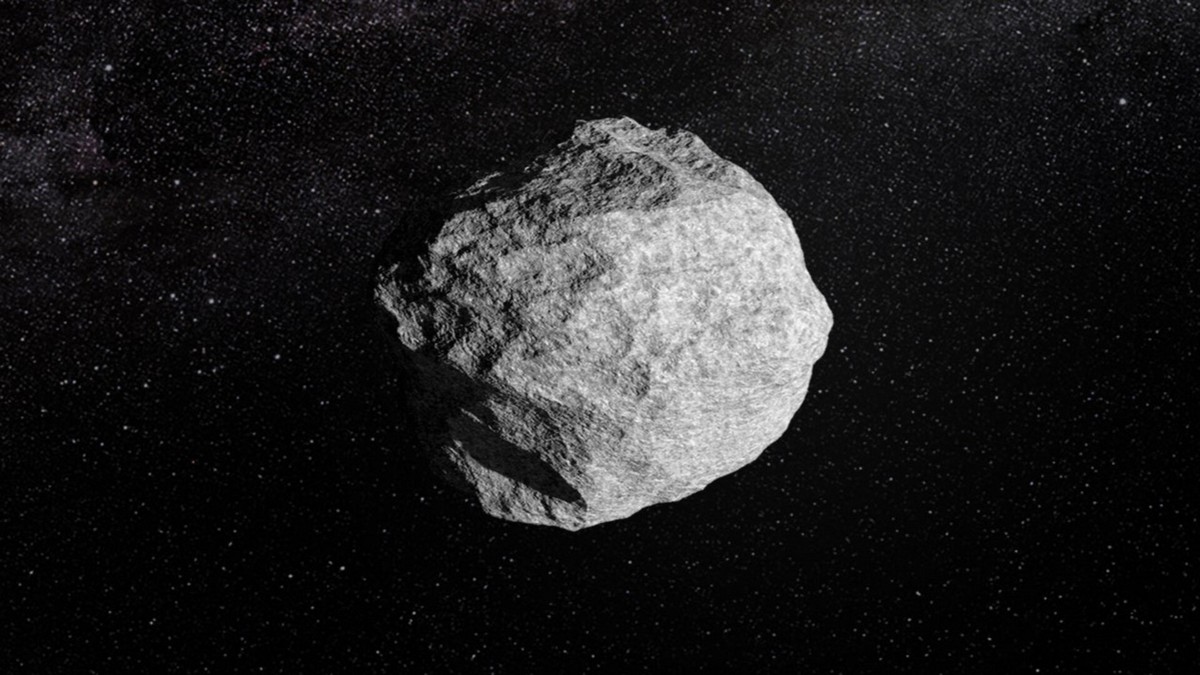An asteroid measuring approximately 40 to 100 meters wide is expected to pass very closely to Earth in December 2032. The recently discovered asteroid was named 2024 YR4 . What made the matter concerning is the fact that scientists believe that it has on average a 2 per cent chance of hitting the Earth in 7 years, raising alarm bells among several space agencies around the world.
Because of its size, speed and the possibility of an impact, people online are even calling it a “ city destroyer ”. Not much is known about the 2024 YR4, but it is estimated to have a wide “size range comparable to that of a large building,” said Dr. Paul Chodas, manager for the Center for Near-Earth Object Studies, or CNEOS, at NASA’s Jet Propulsion Laboratory in Pasadena, California, CNN reported.
While the YR4 is not even close to the size of the “planet-killer” asteroid that slammed into Earth 66 million years ago, it can still cause regional destruction if it hits the Earth. Here’s a look at what are the countries NASA thinks the space rock could potentially hit.
Which nations are under the radar
NASA said that if the asteroid has any impact on the Earth it could be estimated to be around 2:02 pm (GMT) on December 22, 2032. However, the scientists argued that the precise time is prone to change as the exact probability of its collision with the Earth.
Given the path of the asteroid, NASA argued that the space rock would most likely hit somewhere across the eastern Pacific Ocean, northern South America, the Atlantic Ocean, Africa, the Arabian Sea, or South Asia. Hence, some of the countries which could come in the asteroid’s path are: India, Pakistan, Bangladesh, Ethiopia, Sudan, Nigeria, Venezuela, Colombia and Ecuador.
However, space researchers argued that as agencies continue to gather more data, these predictions are most likely to change. Another interesting fact about YR24 is that it is made of rocky substances rather than robust materials like Iron. The finding is significant because this would mean that the asteroid might end up broken into smaller pieces if it enters the Earth’s atmosphere.
Impact Shorts
More ShortsHow much damage will it cause if it hits the earth?
According to Doctor Luca Conversi, who is the manager of the European Space Agency’s (ESA) Near-Earth Object Coordination Centre (NEOCC), which is heavily involved in monitoring 2024 YR4, the space rock is currently at level three on the Torino Impact Hazard Scale. The level is defined as a “close encounter meriting attention by astronomers” because it has a 1 per cent or greater chance of collision capable of localised destruction.
The scale is the reason we know about the asteroid. If YR24 hit the Earth, NASA said that it would impact at a high velocity, roughly 17 kilometres per second - about 38,000mph.
“At about 40m it could be something that would be like an air blast - it might shatter some windows - wouldn’t do too much damage,” space journalist Kate Arkless Gray told _Sky News. “_If it was on the 90m end of the scale, we’re looking at what they would call a city killer, where if it was to land on a major city - and there are a few in the potential hit zone - that would be disastrous,” she added.
The asteroid is currently tens of millions of miles away from Earth and is now moving further away as it’s set to go around the Sun. This means the scientists only have a few months to observe the asteroid until it disappears behind the Sun. The scientist won’t be able to study the asteroid again until 2028.
With inputs from agencies.
)